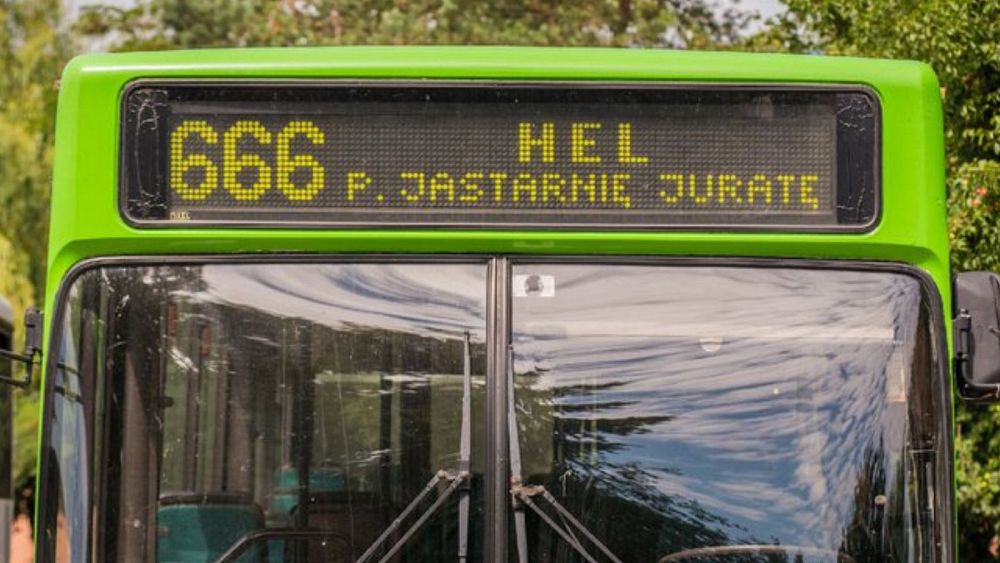Trayvon #1
2014 - Painting (Painting)
115 x 90 cm
Mona Marzouk
Trayvon is a series of acrylic paintings by Mona Marzouk that engages the courtroom as its points of departure. The courtroom as a space for the implementation of justice and of legal argumentation, but also through which different affective forces, some hegemonic and others marginalized, battle each other out in their respective quests for acknowledgment, accountability, and retribution. The work was produced at a time during which several popular revolts, such as in Egypt, seemed to have effectively been hijacked by reactionary forces, resulting in the violent dismissal of collective demands for emancipation, including through sham trials and wrongful convictions criminalizing activists, journalists, and protesters. The title of the series refers to the much-publicized case of Trayvon Martin, a Black seventeen-year-old murdered at the hands of a US police officer, who was himself later acquitted of all charges pertaining to voluntary manslaughter. In Trayvon , public trials as theatres of power generate the material from which the paintings are made – evidence, phrases, and uttered sentences become amorphous forms, shapes, and colors. The series is a testament to Marzouk’s long-standing interest in diffusing the boundaries of time by addressing our perception of architectural details and how we witness the unfolding of historical events through mundane symbols and material structures.
Mona Marzouk is an artist whose practice is deeply rooted in a keen sense for architecture. Her early paintings and sculptures vectorized architectural and historical elements, deconstructing and reassembling them into new imaginary compositions. Marzouk’s works, while outwardly subtle in their formal minimalism, encrypt a range of signs that deliver pointed commentary on current political issues, including racism, war, sports, nationhood, fossil fuels, and space technology. Her works are a contemplative invite into the realms of the futuristic and the mythological, and are anything but ordinary. Marzouk envisions aesthetic systems that draw on a diversity of cultural traditions but which can only exist in the realm of the imagination. Her paintings and sculptures reassemble disparate architectural elements from history as well as animal and body parts to construct unified compositions. Castles and cathedrals, crenellations and crustaceans, merge together in fluid form. Her compositions, which often float in the centre of a frame, reference post-minimalism, with their hard edges and flat expanses of solid colour.
Colors:
Other related works, blended automatically
» see more

© » KADIST
Mona Marzouk
2014Trayvon is a series of acrylic paintings by Mona Marzouk that engages the courtroom as its points of departure...
Related works sharing similar palette
» see more

© » KADIST
Mungo Thomson
2014Starting with Bruce Nauman’s iconic artwork, The True Artist Helps the World by Revealing Mystic Truths (Window or Wall Sign) , Mungo Thomson’s neon sign is one of a series that replaces Nauman’s quixotic mini-manifesto with aphorisms from ‘recovery’ culture, especially those made popular by alcoholics anonymous...
Other works by: » Mona Marzouk
» see more

© » KADIST
Mona Marzouk
2014Trayvon is a series of acrylic paintings by Mona Marzouk that engages the courtroom as its points of departure...
Related artist(s) to: Mona Marzouk » Hassan Khan, » Malak Helmy, » Peter Friedl, » Praneet Soi, » Walid Sadek
» see more

© » KADIST
Peter Friedl
2001Peter Friedl’s projects place aesthetic questions within an expanded field that takes into account the social, political and philosophical context...

© » KADIST
Peter Friedl
2005Map 1969-2005, a poster glued on the wall, questions space in its relation to geography...
Related works found in the same semantic group
» see more

© » KADIST
Claire Fontaine
2006Foreigners Everywhere is a series of neon signs in several different languages...

© » KADIST
Jessica Warboys
2013The ongoing “Sea Paintings” series is central to the practice of Jessica Warboys...





